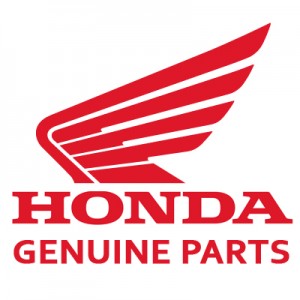 www.hondalawnparts.com is a certified Honda Small Engine Equipment dealer. That means we carry all the OEM parts you need to maintain Honda equipment including generators, water pumps, and lawn care equipment as well as Honda engines found in a wide range ofthird-partyy equipment. How do you get the right parts for your Honda? Here’s what you need to know from identifying your model to finding compatible parts on our site.
www.hondalawnparts.com is a certified Honda Small Engine Equipment dealer. That means we carry all the OEM parts you need to maintain Honda equipment including generators, water pumps, and lawn care equipment as well as Honda engines found in a wide range ofthird-partyy equipment. How do you get the right parts for your Honda? Here’s what you need to know from identifying your model to finding compatible parts on our site.
Finding Identifying Information for Your Honda
To get the right part, you first need to know what you’re ordering the part for. Honda sells complete equipment as well as engines found in a wide range of industrial, agricultural, and lawn care equipment. For this reason, parts are divided into equipment and engine categories, even on Honda-built equipment, with model numbers and serial numbers issued for both categories.
On equipment, the model and serial number are usually printed together on a tag. Here’s where you find this information:
- Generator – On the base of the frame, on the bottom of the case, or near the handle
- String trimmer – On the shaft, either next to the support handle or on the bottom directly ahead of the engine
- Walk behind mowers – On the deck behind the engine. Older mowers separate this information into two tags
- Riding mowers, tractors and tillers – The model number is on the hood or the frame cover next to the seat. The serial number is on the side or rear of the frame
- Single stage snowblowers – On the rear of the frame or on the top of the housing
- Two stage snowblowers – The model number is on the side of the auger housing, while the serial number is on the rear of the frame
- Pumps – On the side of the motor. Some pumps have a second frame or pump tag located on the pump housing
- Power carriers – On the rear of the frame, just behind the bucket
On engines, the model number is on a large sticker on the engine. Engine model names always start with the letter “G.” The serial number is stamped on the side of the engine. It will always be 5 letters followed by a 7 digit number. String trimmers have this information printed on a small tag on the back of the engine cover.
Still can’t find the serial and model number? Check out our “Honda Parts By Series” page to see photos and diagrams showing where the labels are located.
Finding Parts
Once you know your model and serial number, finding the parts you want is easy. Start by selecting between one of the options on the left side of our homepage: Honda Engine Parts, Honda Parts by Series, or Honda Equip Accessories. If you hover over “Parts by Series” you’ll see a few popular options, but don’t worry if you don’t see your model listed: just click on the link, and you’ll be able to search our entire catalog.
From there, just select your model type, model number, and component category using the drop-down menus. This will bring you to a page with an exploded parts diagram and parts descriptions so you can identify the parts you need and add them to your cart.
If you need a common maintenance item and know the part number, we also have the Honda Popular Parts section to quickly find what you want.
I Can’t Find My Honda’s Information. Now What?
Our site includes factory parts diagrams and lets you browse models based on their equipment category. By narrowing down the possibilities and comparing the diagrams with your equipment, you should be able to figure out what you own and what part you need.
I Don’t See a Listing for My Walk-Behind Mower
For some reason, Honda adds a “K” between the 8th and 9th digits to their model numbers in their parts information. That means if the tag says you have an HR123-567890 model, it will be listed in the catalog as an HR123-567K890.
Ordering Made Easy
Individuals looking for genuine Honda parts just have to type in their info and our site will show all of the relevant parts. From there it’s easy to click each part, view a diagram, and add only what you need to the cart. HondaLawnParts.com is a one-stop shop for anyone who needs quality OEM parts.

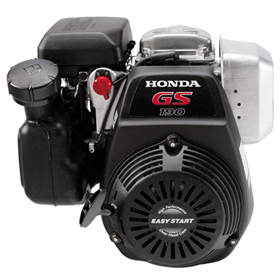 The GS 190 may be small, but with features like a cast iron cylinder liner, it can deliver the reliability you expect from a commercial-grade engine. Whether your GS is powering a tiller, pressure washer, water pump, or a piece of farm equipment, this guide will help you keep your engine running reliably.
The GS 190 may be small, but with features like a cast iron cylinder liner, it can deliver the reliability you expect from a commercial-grade engine. Whether your GS is powering a tiller, pressure washer, water pump, or a piece of farm equipment, this guide will help you keep your engine running reliably.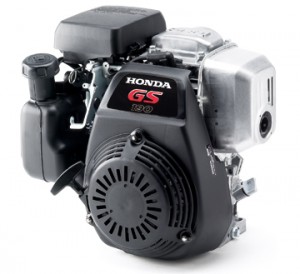 Bought a new piece of equipment powered by a Honda GS 190? Here’s what you need to know to get it running and address any problems along the way.
Bought a new piece of equipment powered by a Honda GS 190? Here’s what you need to know to get it running and address any problems along the way.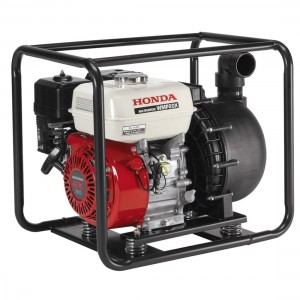 What is a head, and why is it important? What causes cavitation, and why is it bad? If you’re looking into buying or fixing a water pump, some terms that are used can be confusing. This guide will walk you through meanings and specifications so you can make the right choices when buying, operating, and maintaining a pump.
What is a head, and why is it important? What causes cavitation, and why is it bad? If you’re looking into buying or fixing a water pump, some terms that are used can be confusing. This guide will walk you through meanings and specifications so you can make the right choices when buying, operating, and maintaining a pump.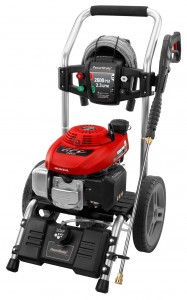
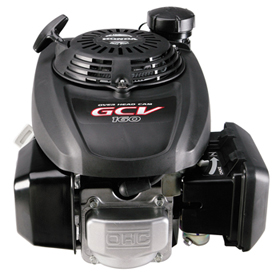 Have a new Honda GCV 160? This guide will walk you through starting and stopping this engine, as well as address common issues, no matter what it may be powering.
Have a new Honda GCV 160? This guide will walk you through starting and stopping this engine, as well as address common issues, no matter what it may be powering.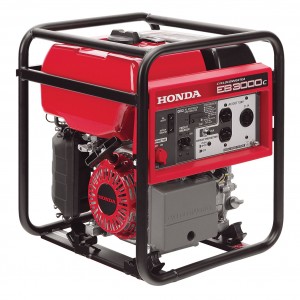 The name “Honda” is synonymous with quality, especially when it comes to generators. However, even the best made generator can be unreliable or even dangerous if not used correctly. Here’s what you shouldn’t do with your generator, whether you have a small portable model, a home backup system, or a portable power source for work sites.
The name “Honda” is synonymous with quality, especially when it comes to generators. However, even the best made generator can be unreliable or even dangerous if not used correctly. Here’s what you shouldn’t do with your generator, whether you have a small portable model, a home backup system, or a portable power source for work sites.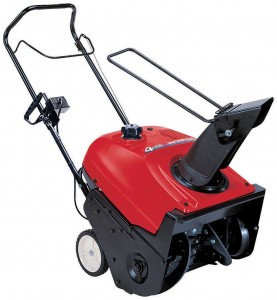 Troubleshoot a Clogged Snowblower
Troubleshoot a Clogged Snowblower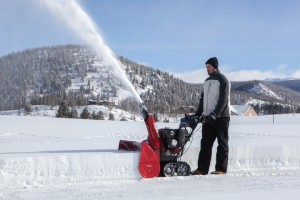 Winter is here, and that means a constant battle between snowfall and your driveway. These tips will help you get the most out of your Honda snowblower, keeping the pavement uncovered with as little effort as possible while reducing the chance of breakdowns.
Winter is here, and that means a constant battle between snowfall and your driveway. These tips will help you get the most out of your Honda snowblower, keeping the pavement uncovered with as little effort as possible while reducing the chance of breakdowns.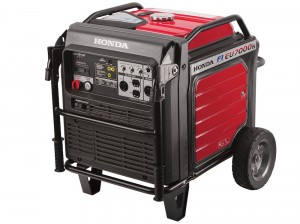 Do you need a source of electricity that is strong enough for major appliances, sophisticated enough for electronics, and both quiet and portable enough for use almost anywhere? The Honda EU7000is is built to do all that, providing reliable, efficient and easy-to-use power for RVs and as a backup for grid power in homes.
Do you need a source of electricity that is strong enough for major appliances, sophisticated enough for electronics, and both quiet and portable enough for use almost anywhere? The Honda EU7000is is built to do all that, providing reliable, efficient and easy-to-use power for RVs and as a backup for grid power in homes.